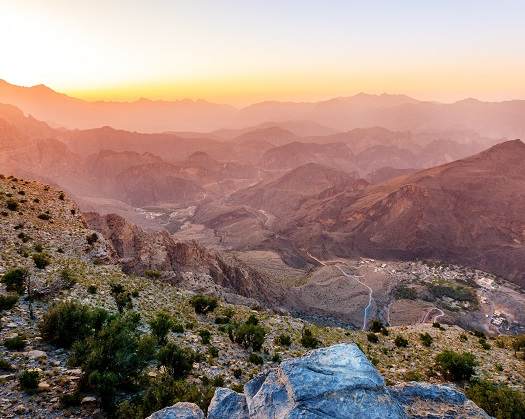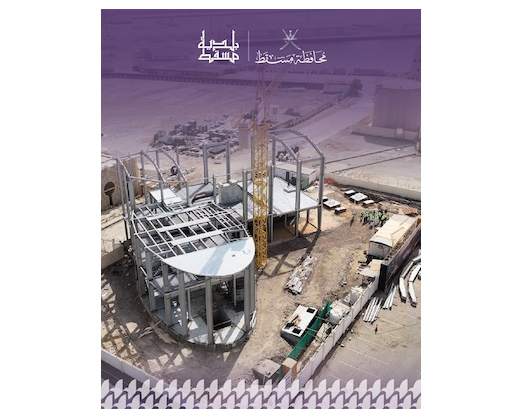MUSCAT: A new scientific study has revealed a concealed geological structure beneath Oman that has been gradually elevating the Earth's surface for millions of years.
The discovery puts the Sultanate at the center of a major advance in our understanding of Earth's core.
The Dani plume is referred to as a "phantom" mantle plume — a column of heated rock ascending from deep within the Earth that does not cause volcanic eruptions or leave surface signs.
Instead, this silent force exerts upward pressure from below the Salma Plateau in northeastern Oman, contributing to subtle but persistent land elevation.
The findings were released this month in the worldwide journal Earth and Planetary Science Letters. This finding represents the first time researchers have observed such a structure outside of active volcanic regions.
There are no volcanoes, but the ground is rising.
Unlike volcanic plumes found in places such as Hawaii or Iceland, the Dani plume is amagmatic, which means it does not erupt or produce visible volcanoes. It is located around 200 to 300 kilometers below the surface, with temperatures predicted to be 100 to 300°C higher than the surrounding mantle rock.
Despite its depth, researchers believe that its effects are clear. Geological layers that were first deposited during the Paleocene-Eocene period — around 50 million years ago — have been discovered more than 2,000 meters above their starting locations.
Despite the fact that this movement has occurred at a glacial pace, with current rates estimated at less than one millimeter per year, the cumulative impact over geological timescales is substantial.
Discovered in Oman using seismic imaging.
The seismic wave data from Oman’s geophysical monitoring network were used to identify the plume. Researchers noticed that sound waves moving through the area behaved differently than predicted, indicating a huge mass of hotter, less dense material deep underground.
Led by Dr. Simone Pilia, the international research team discovered the plume as the first beneath a continental landmass — unlike earlier known plumes, which were typically found beneath oceanic plates.
“This is a structure that challenges many of our assumptions about how the Earth’s mantle works,” Dr. Pilia said. “It demonstrates that deep heat and pressure are influencing the environment even in areas without volcanic activity. ”
The discovery provides new insight into Oman's geological activity and may aid in the explanation of regional shift and crustal movement trends. While the plume does not constitute a direct danger, its presence gives new insight for long-term tectonic activity in the region, including the Makran subduction zone to the northeast.
Geologists think that similar "ghost" plumes exist beneath other continents, but have remained undetected due to their lack of surface activity.
The discovery of the Dani plume paves the way for further research throughout the Arabian Peninsula and beyond.
Evidence indicates that the plume's heat may have contributed to the plate's movement, which began around 50 million years ago. The study's authors hypothesize that this event may have contributed to the development of the Himalayas, albeit more research is required to corroborate the connection.









